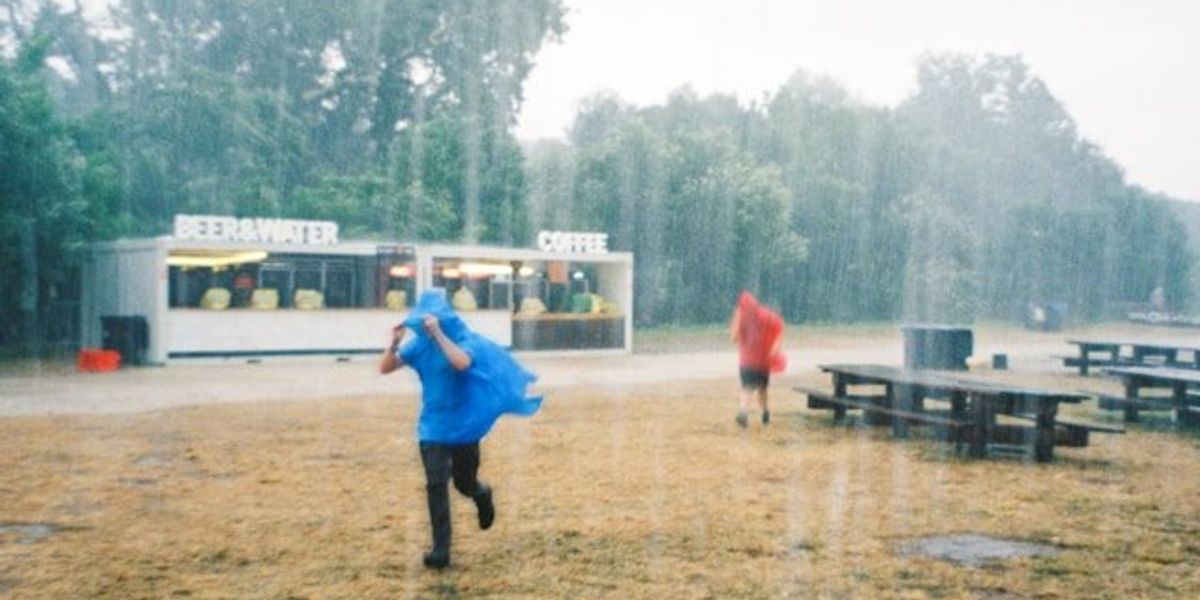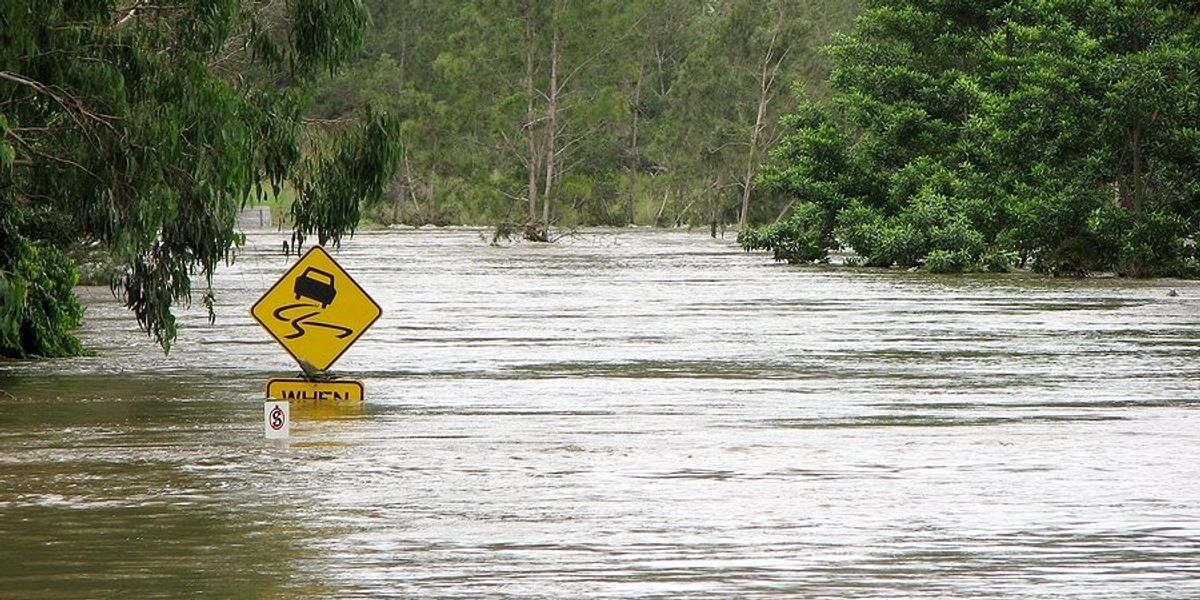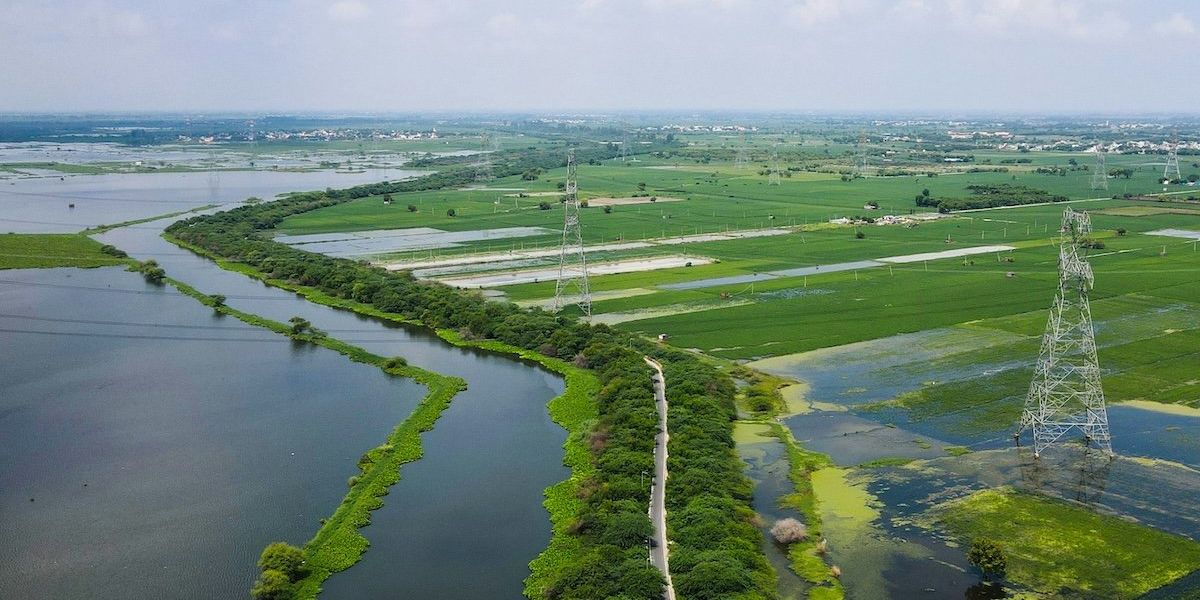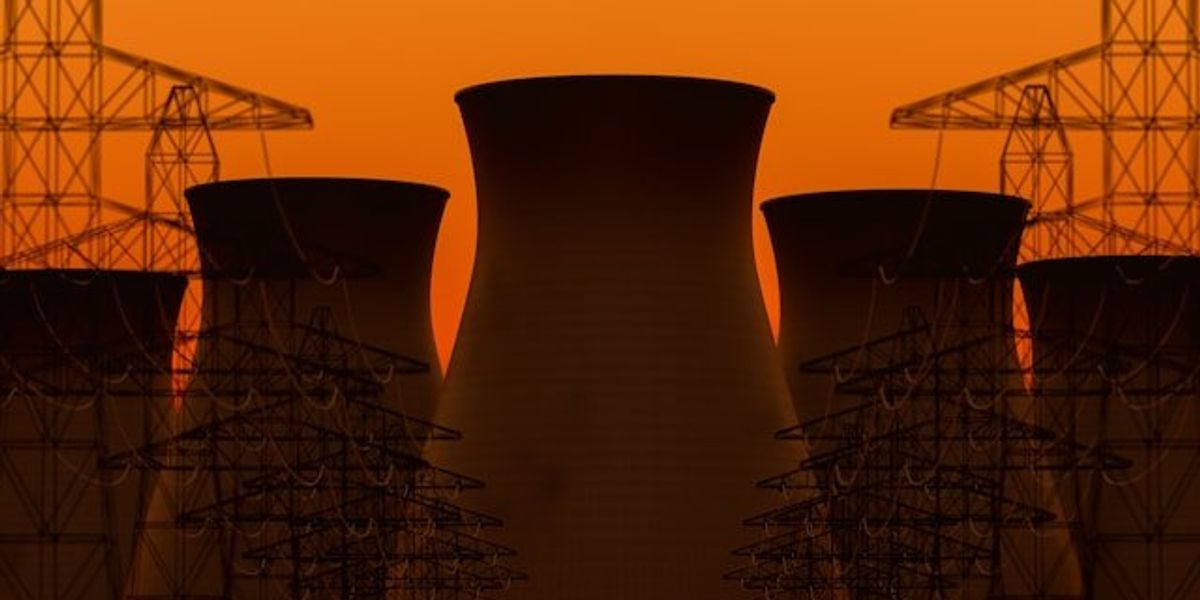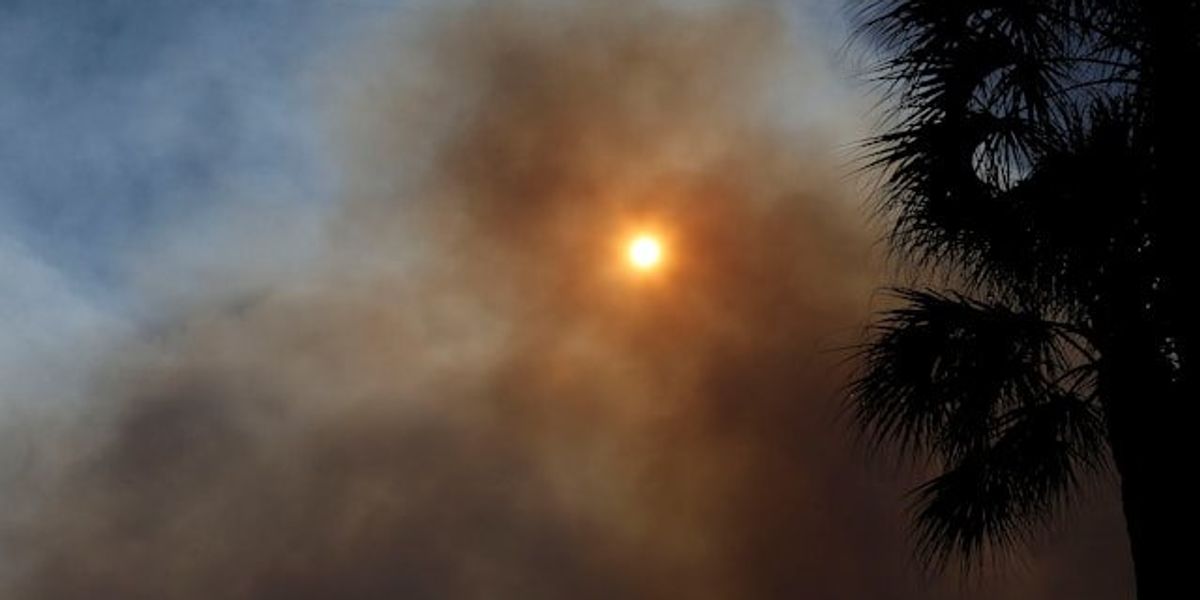Texas has more chemical emergencies than any other state and they’re disproportionately affecting Latino communities
A heavy petrochemical presence and lax regulatory environment are behind the incidents, advocates say.
HOUSTON - Texas has more chemical disasters than any other state, according to the chemical incident database from the Coalition to Prevent Chemical Disasters.
A recent
report created using the database suggests that a chemical incident — such as a spill, an emission leak or an explosion — occurs every other day in the U.S. These disasters affect communities in a variety of ways, including road closures, shelter in place orders, emergency room visits and, depending on exposure, increased cancer risks. Those living within a mile or less radius of a chemical facility – known as fenceline communities – are the most vulnerable.
Esta historia también está disponible en español
The database reported that Texas had 49 incidents in 2023, with the Houston-Galveston area accounting for 26 of them. Texas has 1,558 facilities that handle hazardous chemicals, which is also more than any other state, according to the EPA.
Some of the chemicals at these facilities may sound familiar. Ammonia, mercury or lead can cause respiratory distress, skin irritation and harm to internal organs, and lead is also linked to cancer. But other less-known substances found in the U.S. Environmental Protection Agency’s Toxic Release Inventory database are equally – if not more – dangerous. Volatile compounds benzene, butadiene and formaldehyde are known to cause cancer, and yet exist at elevated levels in the Houston area, home to the nation’s largest petrochemical hub.
According to the report, petrochemical manufacturing and oil and gas account for more than half of the 825 hazardous chemical incidents recorded nationwide from January 2021 to December 2023. For example, Texas’ historic winter storm Uri in Feb. 2021 accounted for 3 million pounds in toxic releases from 194 facilities. Many of these facilities are extremely close to each other. As unprecedented weather patterns continue, there is a fear of a ‘domino effect’ of multiple facilities having incidents at the same time, like in January 2023, when a tornado impacted the Houston-area Ineos plant and power outages caused operational issues at a nearby Shell plant, resulting in flaring.
Fenceline communities are increasingly Latino, according to a separate, new study from the Environmental Defense Fund (EDF). From 2001 to 2019 Latinos in the U.S. were six times more likely to live along the fenceline of chemical facilities compared to white counterparts. The research, headed by EDF scientist Veronica Southerland concluded that, “Black and Latinx populations are disproportionately located near industrial facilities, potentially contributing to inequitable exposure to unintended chemical releases.”
But that still doesn’t answer the questions many Houston residents have: why do chemical emergencies happen so frequently here and what happens when they do?
Loose Texas regulations and environmental justice concerns
The traditionally conservative government in Texas lends itself to fewer environmental regulations. Texas has a long history of pushing back against the EPA, citing concerns of economic disruption. Cities like Dallas and Houston have repeatedly violated ozone limits recommended by the EPA for the past two decades. This pattern continued last summer, when Houston had record-breaking high ozone days.
This January, Texas petrochemical companies were found to be classifying larger facilities as smaller, separate ones to avoid stronger environmental regulation enforcement.
”We do pay a price every time there’s an incident, whether it’s reported or not, because our industries are self- reporting,” Ana Parras, co-director of TEJAS, or Texas Environmental Justice Advocacy Services, told EHN. “And they’re not going to tell on themselves. And it’s an economic issue, a bread- and-butter issue.”
Chemical emergency responses

Many of the petrochemical facilities along the Houston Ship Channel are extremely close to each other.
Credit: Ted Auch, FracTracker Alliance, 2023
Brent Taylor, chief communications officer for the Houston Office of Emergency Management, said that responses to chemical emergencies vary.
“Usually, first responders like the police and fire department are first to discover incidents and if it is beyond their reach, we get involved,” Taylor told EHN.
When an incident happens, facilities are expected to self-report, but there are oftentime delays, whether intentional or not. Local fire and police get involved, but there may also be internal industry fire departments arriving first. Added to this complexity, each chemical can require a different response.
The first step also involves understanding the chemical involved, if the incident was an explosion, leak, spill or something else; how widespread the impacts are, which office can manage it and what parts of the community need to be notified, Taylor said. New questions may arise and incidents can result in evacuations or shelter in place orders.
”We do pay a price every time there’s an incident, whether it’s reported or not, because our industries are self- reporting.” - Ana Parras, TEJAS
That’s why, Taylor says, it is key that individuals are aware of what to do in these instances, especially when living near a dense cluster of facilities. Opt-in alert systems are often used to alert residents, or if the affected area is large enough, an Amber-Alert type notification will be pushed to applicable cell-phones.
However, Taylor noted the limitations.
“We ask everyone to opt-in, but can only do so much if individuals don’t. Often they are left to find out about incidents from first responders on the ground,” he said.
If your city has an alert system, and you are able to, opt in. You can check your local government’s emergency planning webpages. Houston residents can opt in here.
But for some, opting in might not be enough to protect themselves. Not everyone has compatible devices or technological literacy and language can be an added barrier. While Taylor said that alerts are available in languages that are prominent in the area, some websites only provide automatic translations – which can be incorrect or confusing. These translations can result in gaps of information, especially for Spanish speakers. Often the only option is to select Spanish from Spain, noted with the Spanish flag, which is a different dialect than what many Latinos speak in Texas.
With this information gap, local groups have stepped in to further inform communities of chemical incidents.
Citizen science
Ana Parras and her husband Juan have spent the past few decades advocating for communities within the East End of Houston. The East End borders the Houston Ship Channel, the largest petrochemical port in the U.S., and is home to a predominantly Latino population with high levels of households speaking Spanish.
“Our governor has said we are open for business,” Ana said. “We are the capital of oil and gas for the nation. To me, we are what we would call a ‘sacrifice zone ’.” Her husband explains that even if gathering this information “definitely is the state, city, county and industry’s responsibility itself, we have found out … accidents happen, and sometimes when they do, the sirens are not working for some reason.” As a response, “we’ve become citizen scientists,” Ana Parras said.
TEJAS tracks chemical incidents in the Houston area and reports them to the the Coalition to Prevent Chemical Disasters’ public database, an effort to include citizen-gathered data. But TEJAS began tracking incidents long before the tracker was launched in 2021. There is no other public database from state or federal regulatory agencies that documents chemical incidents and summaries of state responses. This information can often be acquired through information requests, but that can be a barrier for non-journalists that are not used to requesting information, especially those that do not speak English as a first language.
When TEJAS gets a report of a chemical incident, they immediately move to verify it, Deyadira Arellano, citizen scientist and member of TEJAS, told EHN.
“Verifying can look different. We may go out there, we may need to talk to someone at the local level. Then we start gathering more information, [things like] causes, what is the type of release, what is the amount, [for] how long [and] who is responding.”
After initial documentation, the team may head to the site of the incident. Dorismar Rivera, outreach team member, will take pictures or videos and share the information on social media. TEJAS translates all of their content into Spanish. Finally, they make sure that all parties are aware of the incident, as not everyone watches the news. The TEJAS team informs county, state and regional bodies based on the needs of each incident.
Looking forward on chemical incidents in Texas
“We’ve asked policymakers for years for improvements and haven’t seen them,” Juan Parras said.
Legal policy related to managing chemical emergencies falls under the Risk Management Plan Rule, a subsection of the Clean Air Act in which companies that contain hazardous materials must create programs to prevent chemical accidents and response processes. The rule was relaxed under the Trump administration. But in 2023 the EPA proposed a series of amendments that would force facilities to include surrounding fenceline communities in their risk management plans, as well as making them more easily accessible for the public, said Southerland, the Environmental Defense Fund researcher. The amendments were expected to be voted on by the end of 2023, but they weren’t. Now, with the coming election cycle, activists are eager for approval before a potential administration change.
“We worry that it will only get worse as climate change creates record breaking heat, and freezes that our grid can’t handle,” said Arellano.




